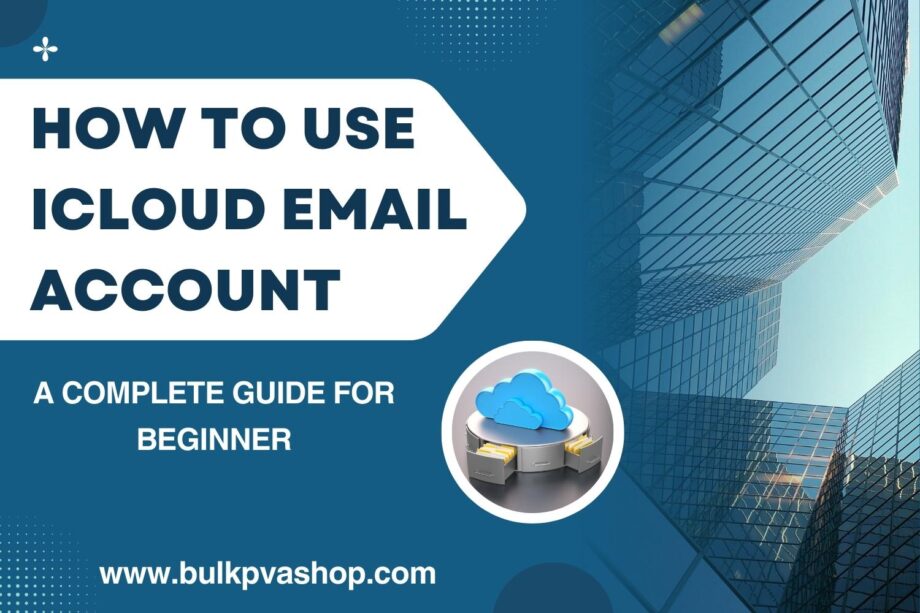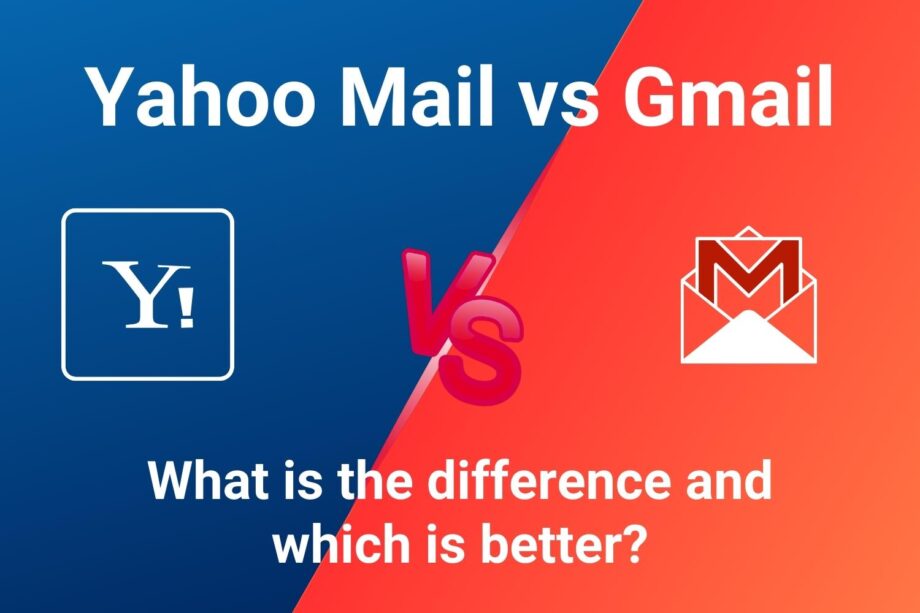Welcome to the world of iCloud Mail, a robust email service offered by Apple. Whether you’re using an iPhone, iPad, Mac, or Windows computer, iCloud Mail provides a seamless email experience across all your devices. With its user-friendly interface and tight integration with other iCloud services, managing your emails, contacts, and calendars becomes a breeze. Let’s learn how to use an iCloud Email account.
To get started with an iCloud Email Account, you’ll need an Apple ID. If you already have one, simply enable iCloud Mail in your iCloud settings. For new users, creating an iCloud account grants you access to a free @icloud.com email address.
Creating an iCloud Email Account

- Navigate to the iCloud website and initiate the account creation process by clicking either “Create Apple ID” or “Sign Up.”
- Provide the required information, including your name, desired email address (ending in @icloud.com), password, and security questions.
- After completing this stage, agree to the terms and conditions and complete the captcha verification.
- Follow the steps issued to the provided email to verify your email address.
Once your email is verified, you can begin enjoying the full benefits of your new iCloud email account. Seamlessly synchronize your emails, contacts, and calendar events across all your Apple devices or access them on the web. By creating an iCloud Email Account, you gain access to a reliable and feature-rich email service within Apple’s ecosystem.
Setting Up iCloud Email on iOS Devices
Setting up iCloud Email on iOS devices enables you to conveniently access your email, contacts, and calendar events across all your Apple devices.
Here’s how to do it:
- Select your name at the top of the Settings app to open it, then choose “iCloud.”
- Scroll down and enable the “Mail” option to activate iCloud Email.
- A prompt will ask if you want to “Merge” or “Don’t Merge” existing data. Choose based on your preference.
- Wait for your device to verify the iCloud account and set up the email service.
- Once the setup is complete, open the “Mail” app to access your iCloud email account.
Now, you can send, receive, and manage your emails seamlessly on your iOS device using iCloud Mail. Any changes or updates you make will sync across your iCloud-enabled devices, ensuring a consistent email experience.
Managing iCloud Email Settings
Managing iCloud Email settings allows you to customize your email experience to suit your preferences. The settings you can modify are as follows:
Mail Forwarding:
Set up email forwarding to receive your iCloud emails in another account.
Email Filters:
Create filters to automatically organize incoming emails into specific folders.
VIP List:
Prioritize emails from important contacts and receive notifications.
Signature:
Personalize your email signature to add a personal touch to your messages.
Out-of-Office Reply:
Configure an automatic reply when you’re away or unable to respond.
Junk Mail Filtering:
Adjust the level of junk mail filtering to prevent legitimate emails from being marked as spam.
Fetch Frequency:
Set how often your device checks for new emails.
Notifications:
Manage email notification settings, including sounds, banners, and lock screen previews.
Swipe Gestures:
Customize swipe gestures for quick actions like archiving, deleting, or flagging emails.
Blocked Senders:
Prevent unwanted emails by adding email addresses to your blocked senders list.
By managing these settings, you can personalize your iCloud Email experience and optimize it to meet your needs and preferences.
Composing and Sending Emails in iCloud

- To send a new email, click on the “Compose” option.
- Add the recipient’s email address.
- Include a relevant subject line summarizing the email’s content.
- Compose your message using the text field and format it with options like bold, italics, and bullet points.
- Attach files or photos by tapping on the attachment icon.
- Once your email is ready, tap the “Send” button to send it.
With iCloud, your sent emails will sync across your Apple devices, ensuring seamless access and management. Composing and sending emails becomes effortless, enabling you to stay connected and communicate effectively.
Managing Contacts in iCloud Email
Managing contacts in iCloud Email helps you keep your address book organized and easily accessible. Here’s how:
- Open the Contacts app in iCloud or access it via the Mail app.
- Add new contacts by tapping the “+” icon and entering their detail
- Edit existing contacts by selecting them and making necessary changes.
- Group contacts into categories for better organization and efficient communication.
- Import and export contacts from other sources to maintain a comprehensive address book.
- To locate a certain contact quickly, use the search option.
- Sync your contacts across multiple devices for seamless accessibility.
- Delete or merge duplicate contacts to maintain a clean and streamlined address book.
- To avoid data loss, regularly back up your contact information.
By effectively managing your contacts in iCloud Email, you can easily connect with your network and stay organized in your communication efforts.
Configuring iCloud Email Notifications
Configuring iCloud Email notifications ensures you stay informed about new messages and important updates. Here’s how to set up email notifications in iCloud:
- Open the Settings app on your iCloud-enabled device.
- Scroll down and tap on “Mail” or “Notifications.”
- Select “Mail” and tap on “Notifications”
- Enable notifications for iCloud Email by toggling the switch to “On.”
- Customize notification settings, such as sound, vibration, and alert style, according to your preference.
- Message previews can be shown or not in notifications.
- Set up specific email alert sounds for different email accounts.
- Configure other advanced settings, such as VIP notifications or thread notifications.
- Ensure that “Allow Notifications” is enabled in the main Notifications settings of your device.
By configuring iCloud Email notifications, you can stay updated and promptly respond to important emails, enhancing your overall communication efficiency.
Troubleshooting Common iCloud Email Issues
Troubleshooting common iCloud Email issues can help you overcome technical challenges and ensure smooth email communication. Here are some frequent issue resolutions:
- Unable to send or receive emails: Check your internet connection and verify your iCloud Email account settings.
- Emails missing from your inbox: Ensure you are connected to the internet, refresh your mailbox, and check email filters or use keywords to search for missing emails.
- iCloud Email app crashes or freezes: Update the iCloud Email app to the latest version, restart your device, and clear cache or data if necessary.
- Email attachments won’t open: Ensure you have the necessary apps or software to open the specific file type, clear your email app’s cache, or try accessing the attachment on a different device.
- Login issues or a forgotten password: Reset your iCloud mail password through Apple’s account recovery options, or contact Apple Support if needed.
- Experiencing syncing problems across devices: Check your internet connection on all devices, ensure you are signed in to the same iCloud Email account, restart devices, and verify that iCloud syncing is enabled.
If you encounter persistent issues with iCloud Email, it’s recommended to contact Apple Support for further assistance.
Welcome to the world of iCloud Email, where you can manage your email, contact accounts.




